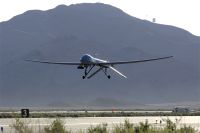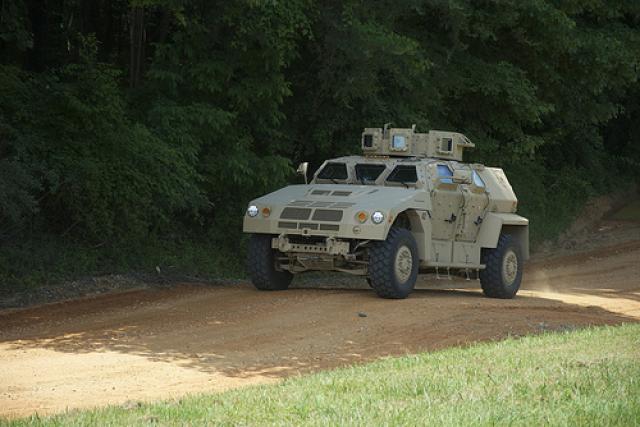WASHINGTON, Sept. 14, 2010 — Electronic Systems Center officials here are preparing to conduct seven demonstrations, each designed to test a specific technology solution they might have known little or nothing about just months ago.
The seven technology demos emerged from a solutions workshop held here in late July, run in conjunction with a special unit known as “DeVenCI” within the office of the director for defense research and engineering. DeVenCI – formally known as the Defense Venture Catalyst Initiative — is powered by a handful of dedicated staff and 15 venture capital consultants, who represent some of the nation’s top venture capital firms and work pro bono on this initiative.
The ESC solutions workshop followed an April needs workshop that unveiled dozens of challenges and 18 specific areas of need. A subsequent solicitation, greatly aided by the consultants, who reached out to companies they believed capable of meeting those needs, garnered 96 responses.
“We received responses covering every one of the need areas we identified,” said Adam Goobic of ESC’s capabilities integration directorate, or XR, who coordinated much of the effort.
The XR team then met with the center proponents who had put forth their technical challenges. Together they culled the respondents down to those they thought had the most promise. From that list, 22 companies presented at the two-day solutions workshop.
Following the workshop, the ESC and DeVenCI teams agreed on the seven that would be funded for active demonstrations. They include such items as a special pen that digitizes the motion of writing and instantly records a digital version of documents, which could allow contracts written in theater to be sent anywhere they’re needed without copying, scanning or typing any of the information onto a computer.
Others offer more direct combat information transmission and command and control capabilities. One promises to accelerate the performance of various applications over Advanced Extremely High Frequency satellite communications networks. Another demo will test out a sorting technology that could help operators quickly pull the most relevant information from copious full-motion video.
“Culling is the real key,” said Scott Hardiman, XR deputy director. “It would be a great tool for operators who are dealing with overwhelming quantities of data.”
Some of the technologies, including that one, were so promising that they triggered multiple, same-day meetings with program office officials, according to John Belanger of MITRE Corp., a member of the XR team. Some of those meetings focused on not only the technology but also potential applications and tweaks.
“Part of the process is, ‘Sure it does this, but what if it could do this, too?’ ” Belanger said.
The seven demos will be funded through a $1 million budget provided by DeVenCI, with some costing as little as $25,000 and others costing up to $375,000.
“We’re getting about twice the amount of funding that other organizations who’ve gone through this process typically get,” Goobic said, noting that DeVenCI officials have lauded the overall ESC effort as “one of the best.”
He said the preparation for, execution of and results from the ESC workshops did a great job of achieving the Defense Department’s three measures of success for the DeVenCI program: fielding emerging commercial products from nontraditional Defense Department suppliers, facilitating experimentation and testing of emerging commercial products, and identifying technologies and exposing government users to emerging commercial products that meet warfighter needs.
The success was due in part to the receptiveness of ESC officials, Hardiman said.
“People came in with an open mind, and they really took the time to discuss and explore these technologies,” he said, noting that skepticism sometimes derails these “out-of-the-box” efforts.
It also helped that the company representatives at the workshop were very knowledgeable. “The briefers had real technical savvy about their products,” Hardiman said.
The demonstrations will play out over the next six to 12 months, with most occurring at either government or MITRE facilities. They’re being shaped by the proponent, or need owner, along with XR staff and the companies themselves.
“If they work out, the next step will be to figure out how to buy them and get them into use,” Belanger said.
Either way, Goobic said, a lot of lessons will have been learned.
That’s true even for those technologies that didn’t make the funding cut for a demonstration. Acquirers here now know what technologies are available, and the companies now know what the government needs, so that even if a product isn’t quite right in its current configuration, the next version might be.
“It really is an excellent process for identifying companies and technologies we might not have looked at,” Hardiman said. “I think it clearly proved to be what we hoped it would be.”
Source:
U.S. Department of Defense
Office of the Assistant Secretary of Defense (Public Affairs)

 von
von 
